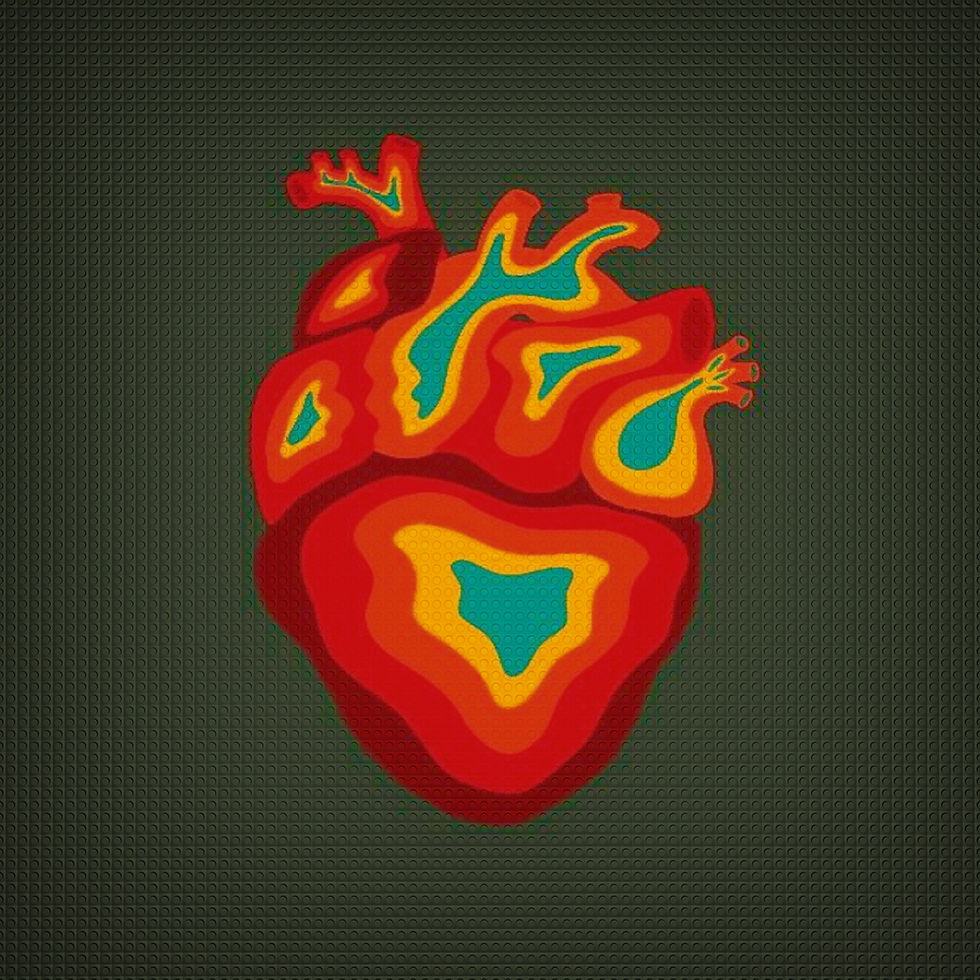Iron Deficiency Anemia, Diagnosis and Management
- Dr. Abdulwahab. A. Arrazaghi MD, FRCPC

- Feb 23, 2023
- 3 min read
Updated: Apr 19, 2024

Iron is an essential nutrient for the body, playing a crucial role in the production of hemoglobin, a protein in red blood cells that carries oxygen throughout the body. Low iron levels, also known as iron deficiency, can lead to a variety of symptoms and health problems, including anemia, fatigue, and weakened immune function. In this article, we will explore the diagnosis and management of low iron levels.
Symptoms of Low Iron Levels
Low iron levels can cause a variety of symptoms, including:
Fatigue and weakness: Iron is necessary for the production of hemoglobin, which carries oxygen throughout the body. Low iron levels can lead to decreased oxygen delivery to the body's tissues, causing fatigue and weakness.
Shortness of breath: Decreased oxygen delivery to the body's tissues can also cause shortness of breath, particularly during physical activity.
Pale skin: Hemoglobin gives blood its red color, so low iron levels can cause the skin to appear pale.
Headaches and dizziness: Low iron levels can cause headaches and dizziness, particularly when standing up quickly.
Cold hands and feet: Decreased oxygen delivery to the body's tissues can cause the hands and feet to feel cold.
Brittle nails: Low iron levels can cause the nails to become brittle and break easily.
Pica: Pica is a condition in which individuals crave non-food items, such as ice or dirt. Pica is often associated with low iron levels.
Diagnosis
Iron deficiency can be diagnosed through a variety of tests, including blood tests, a physical exam, and a medical history. Some of the most commonly used tests to diagnose low iron levels include:
Complete blood count (CBC): A CBC measures the number and size of red blood cells, as well as the amount of hemoglobin in the blood. A low hemoglobin level is a sign of anemia, which can be caused by low iron levels.
Serum iron test: This test measures the amount of iron in the blood. Low levels of serum iron can be a sign of iron deficiency.
Ferritin test: Ferritin is a protein that stores iron in the body. A low ferritin level can be an indicator of low iron levels.
Transferrin saturation: This test measures the amount of iron that is bound to transferrin, a protein that transports iron in the blood. Low transferrin saturation can be a sign of low iron levels.
Stool tests: In some cases, low iron levels can be caused by gastrointestinal bleeding, which can be detected through a stool test.
Management
The management of low iron levels depends on the underlying cause of the deficiency. In many cases, iron supplements and dietary changes can help to increase iron levels and improve symptoms.
Iron supplements: Iron supplements are often prescribed to increase iron levels in the body. They can be taken in tablet or liquid form and should be taken with food to improve absorption. Iron supplements can cause side effects, including constipation and stomach upset, so it is important to follow the dosage instructions provided by your healthcare provider.
Dietary changes: Eating a diet that is rich in iron can help to increase iron levels in the body. Foods that are high in iron include red meat, poultry, fish, beans, lentils, tofu, spinach, and fortified cereals. It is important to note that some foods can interfere with the absorption of iron, such as tea, coffee, and calcium-rich foods, so it is best to avoid these foods when consuming iron-rich foods.
Treatment of underlying conditions: In some cases, low iron levels can be caused by an underlying condition, such as celiac disease or gastrointestinal bleeding. Treating these conditions can help to improve iron levels.
Blood transfusions: In severe cases of anemia, blood transfusions may be necessary to quickly increase hemoglobin levels.
Prevention
Preventing low iron levels is important for overall health and well-being. Some steps that can be taken to prevent iron deficiency include:
Eating a balanced diet that is rich in iron: Consuming foods that are high in iron, such as red meat, poultry, fish, beans, lentils, tofu, spinach, and fortified cereals, can help to prevent iron deficiency.
Taking iron supplements: Iron supplements may be recommended for individuals who are at risk of iron deficiency, such as pregnant women or individuals with certain medical conditions.
Avoiding foods that can interfere with iron absorption: Tea, coffee, and calcium-rich foods can interfere with the absorption of iron, so it is best to avoid these foods when consuming iron-rich foods.
Regular blood tests: Regular blood tests can help to detect low iron levels early, allowing for prompt treatment and prevention of complications. Dr. A. Arrazaghi. MD,FRCPC



